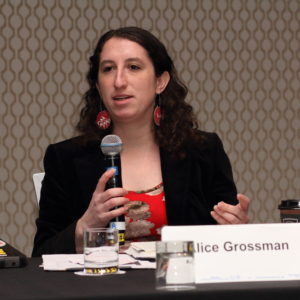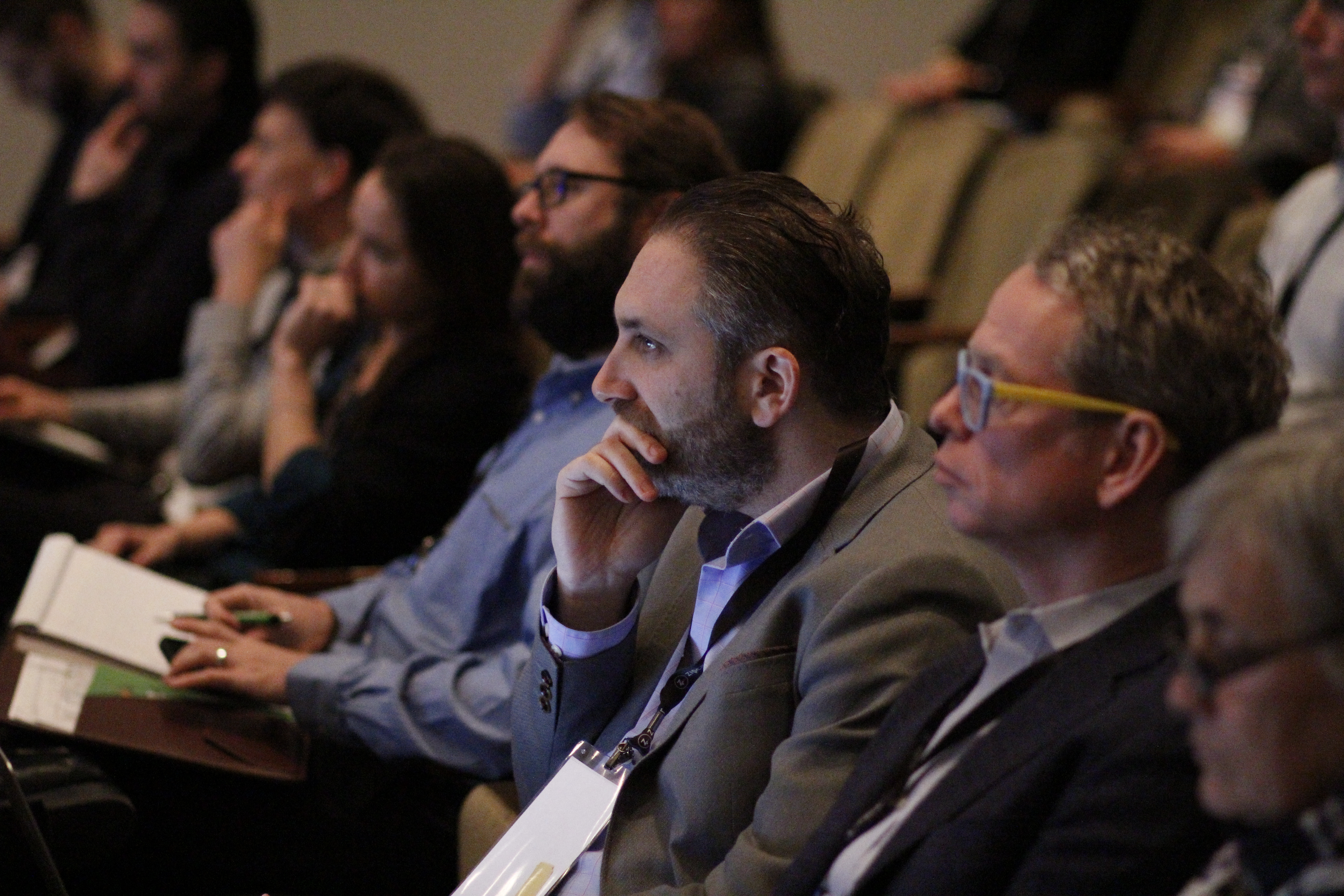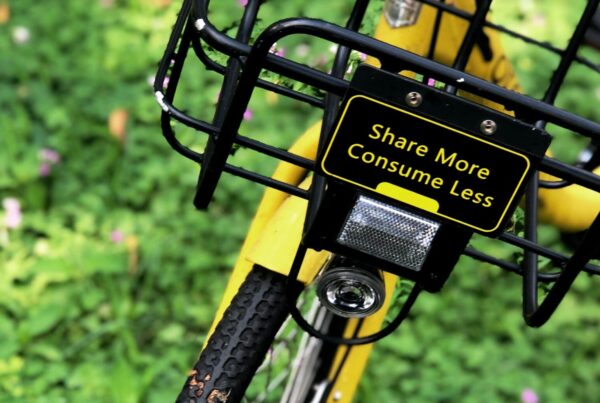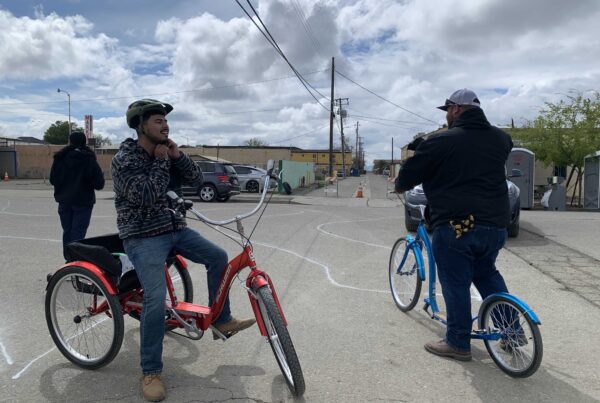We recently shared SUMC Founder and Executive Director Sharon Feigon’s Top Ten Takeaways from the 2019 National Shared Mobility Summit. Now we’re diving into the 30-plus sessions and workshops that took place. Filled with discussion and debate, audience questions and stand-out presentations, these SUMC session insights can help guide the implementation of Shared Mobility pilots and programs.
One of the biggest hurdles in public-private partnerships is understanding where each other is coming from.
Data sharing is a particularly complex issue with privacy, business and proprietary concerns—engage participants who have worked in both sectors. Align on performance metrics and risk assumption upfront and commit to transparency throughout the process.
Plan for success and for challenges.
Prepare for scaling up pilots after their completion by designing flexibility into pricing and service levels. You should also plan for contingencies by identifying potential problems and solutions at the start.
Involve government officials, agencies, businesses, and community-based groups early.
Participation helps create a sense of ownership and ensure that a project meets everyone’s needs.

Alice Grossman of the Eno Center for Transportation speaks at, “How’s my transit agency doing? A renewed look at mobility performance metrics”.
Shared Mobility should occur on a human scale.
Metrics should also take a rider-centric approach. Pilots should be designed not by what providers want, but by what people need.
People in rural areas are battling the same service issues as those in urban areas.
Transit access, for instance, is a widespread challenge.
When designing for shared mobility, look at the complete trip.
This includes all parts of the transportation ecosystem, from sidewalks to service routes. Remember, it’s cheaper to design universally first than retrofit.
Adopt “Kitchen Table” Measures of Success.
It’s important to be able to communicate your metrics and goals in a way that has relevance to every household. These were developed by the Department of Mobility and Infrastructure at the City of Pittsburgh: nobody should die on the streets; every household should have fresh fruits and vegetables within a 20 minute journey, without needing a car; trips under one mile should be most enjoyable on foot.
To encourage widespread buy-in for your shared mobility plan, look at all projects together as a “rebranding” of your entire city. Communicating about your mobility plans as an integrated whole can increase public engagement and support as well as clarify your long-term vision.
Research objectives should drive data requests.
Rather than diving into all your data at once, lead with a question, “What are we going to do with the data and why?”
We need to focus on who is NOT using shared mobility services, not just on who is using them. This understanding can help to guide the development of programs with universal appeal.
SUMC is committed to sharing learning and collaborating throughout the year. Watch for workshops, webinars, new pilots, and groundbreaking research ─ and make sure to visit the new MOD Learning Center featuring self-guided learning modules, case studies, metro profiles, and more.
Visit Learn.SharedUseMobilityCenter.org to get started.



